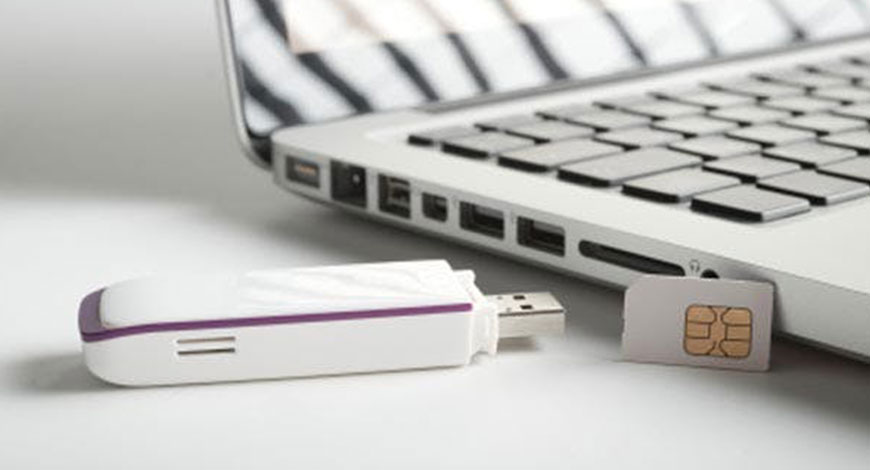International Circuit
South Pacific demand for mobile broadband surging

The demand for data-based services in the Pacific region is growing, aligning with similar trends around the world. In particular, the demand for mobile broadband is increasing due to mobile services being the primary and most wide-spread source for internet access across the region.
Mobile technology will play a pivotal role in the digital transformation of the Pacific Islands by giving the population access to services such as e-government, health, and education. Mobile technology will also act as a catalyst for innovation and economic growth.
The three largest countries in terms of population include Papua New Guinea, Fiji, and Solomon Islands. While Papua New Guinea has the largest population by far, it provides opportunities for significant growth considering its mobile penetration is still low, at just over 30%. However, there are challenges to be overcome before significant growth can occur.
Internet penetration in the region is among the lowest in the world. However, an increase in international connectivity will improve penetration, coupled with an increase in 4G connections.
Submarine cable build-outs and the expansion of satellite services have bolstered international connectivity for the region in recent years, with more submarine cables due for completion in the next two years.
Fiji, the second largest island in the region, is one of the key markets to watch due to it having an advanced economy and holding the highest mobile and internet penetration rates. It is also leading in terms of preliminary 5G readiness.
Solomon Islands still relies upon 3G mobile and satellite services as its primary means of both communication and internet access. It will benefit from submarine cable and satellite developments occurring within the region.
While there are many local operators, there are also regional players including Digicel, which has operated in the Pacific for some years. Recently, the Fiji-based Amalgamated Telecom Holdings (ATH) has expanded regionally, completing a number of acquisitions.
International organisations such as United Nations, the World Bank, and the Asian Development Bank have taken a special interest in seeing the general living conditions as well as communication services improve in the Pacific region. It is well recognised that access to broadband services can vastly improve the economic and social conditions in these emerging markets, many of which are prone to natural disasters and rising sea levels.
This BuddeComm annual publication provides valuable information, analyses and current statistics on the telecom markets of the seven largest countries in the Pacific region. It focuses on the markets of Papua New Guinea, Fiji, Solomon Islands, Vanuatu, French Polynesia, New Caledonia and Samoa. The report includes a regional overview, identifying the key trends and leading operators. It provides insights into the mobile market of each country including mobile subscriber and mobile broadband statistics. Information on the fixed broadband market and statistics is also included with a particular focus on submarine cable and satellite developments.
Key developments:
- Australian government contributes $1.33 billion of the $1.6 billion cost for Telstra to acquire Digicel Pacific;
- Kacific-1 satellite improves the region’s international connectivity;
- Additional submarine cables come online, with more due in the next two years;
- GSM services still in widespread use in many Pacific Island countries;
- Fiji leading the way in both LTE deployment as well as 5G readiness.
Developing Telecoms














You must be logged in to post a comment Login